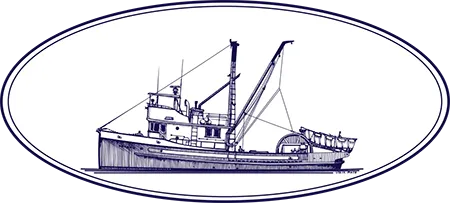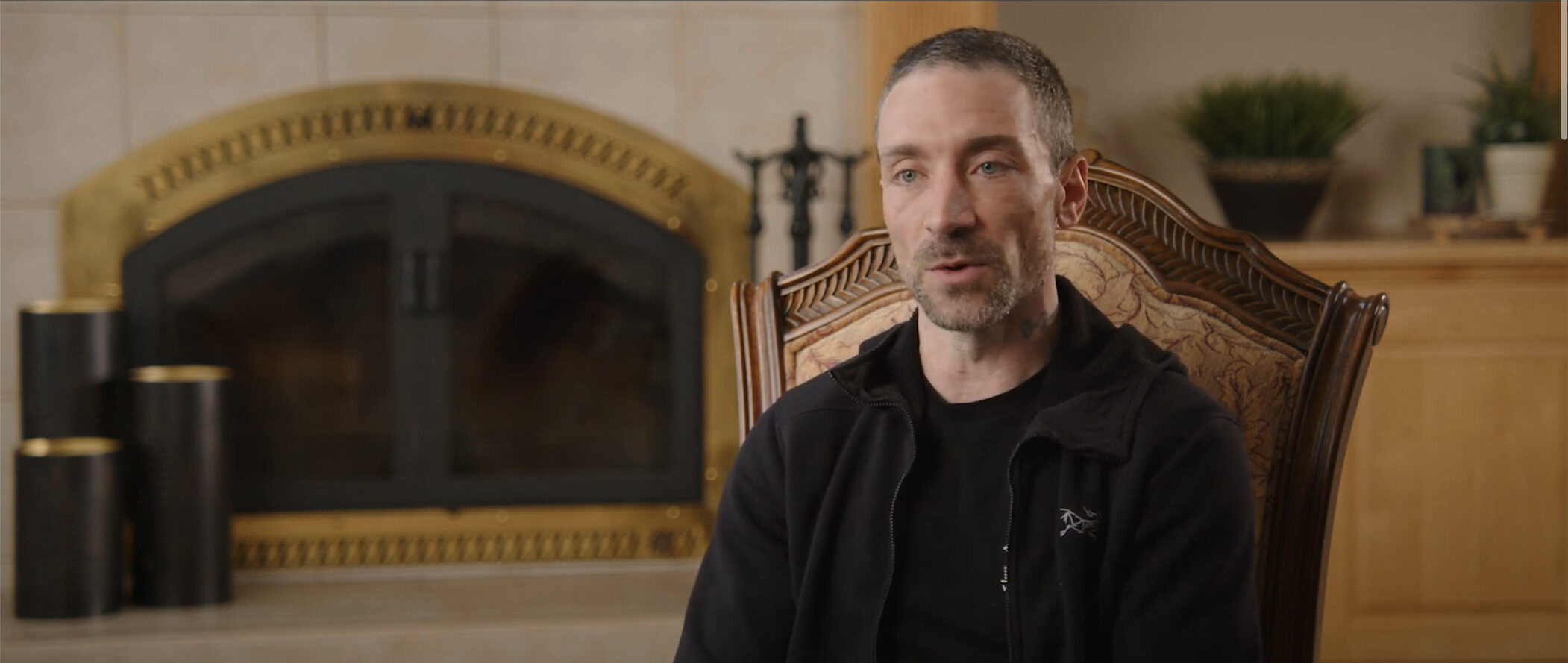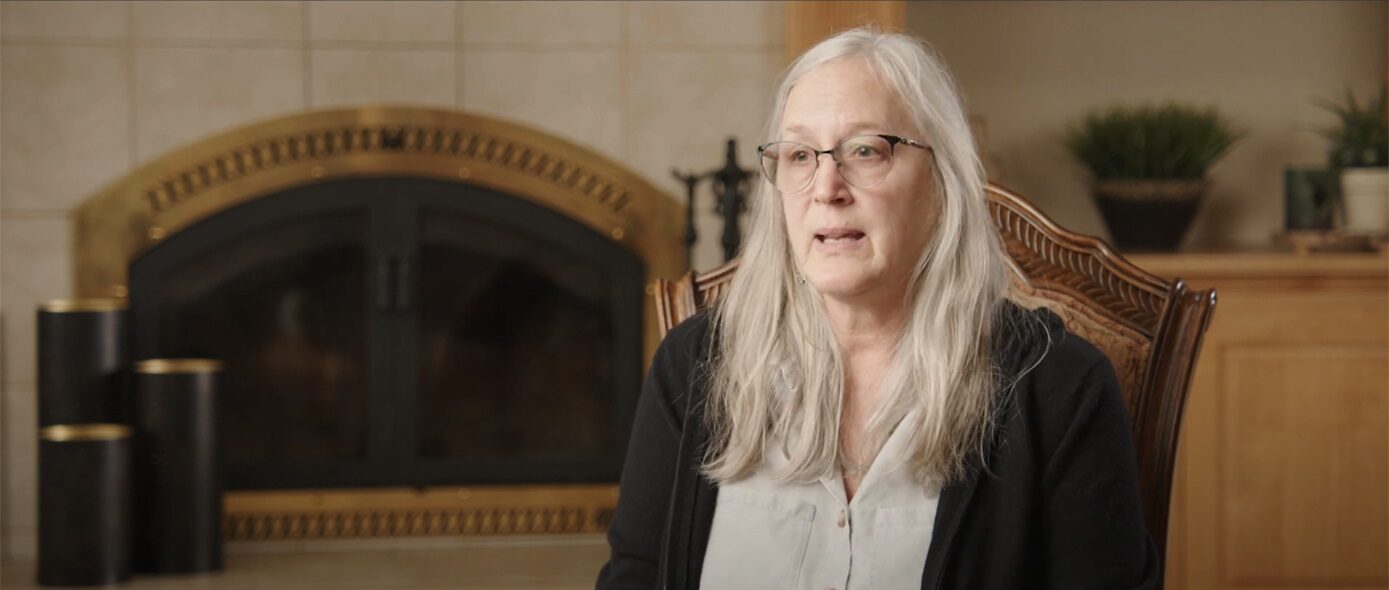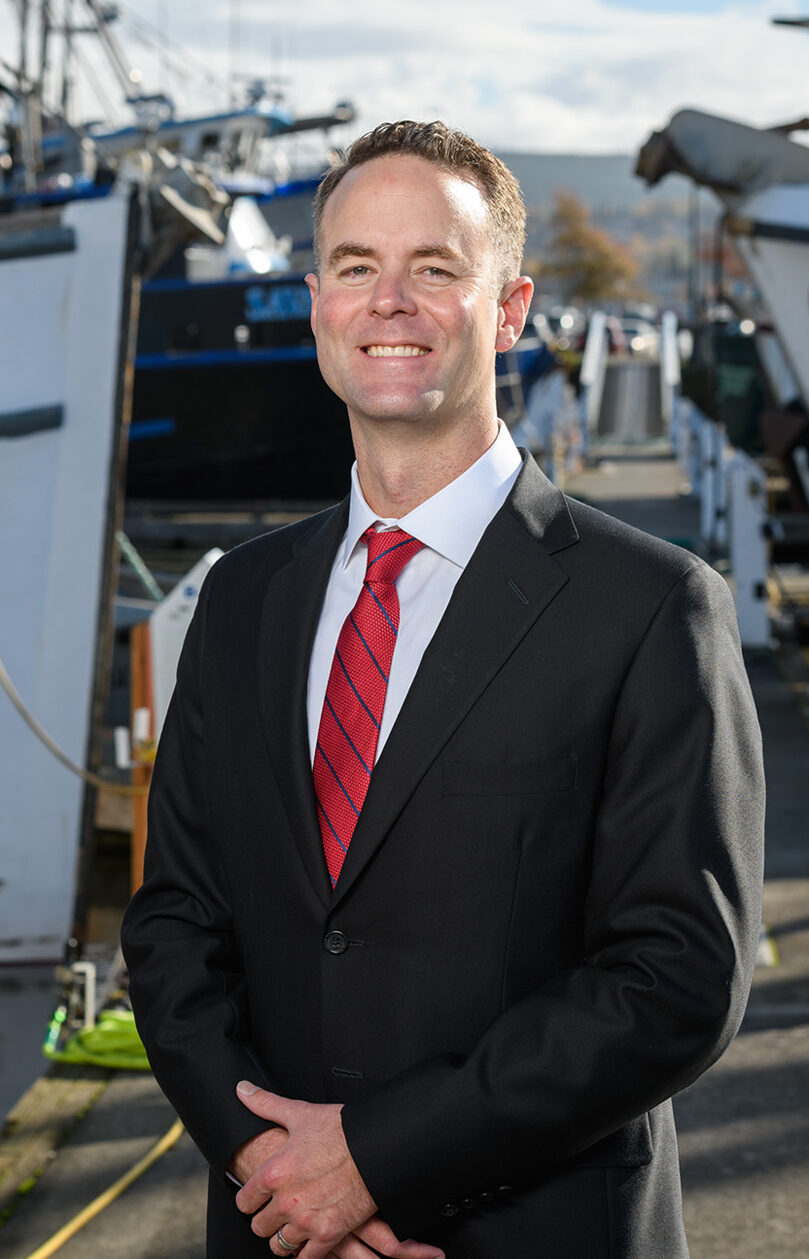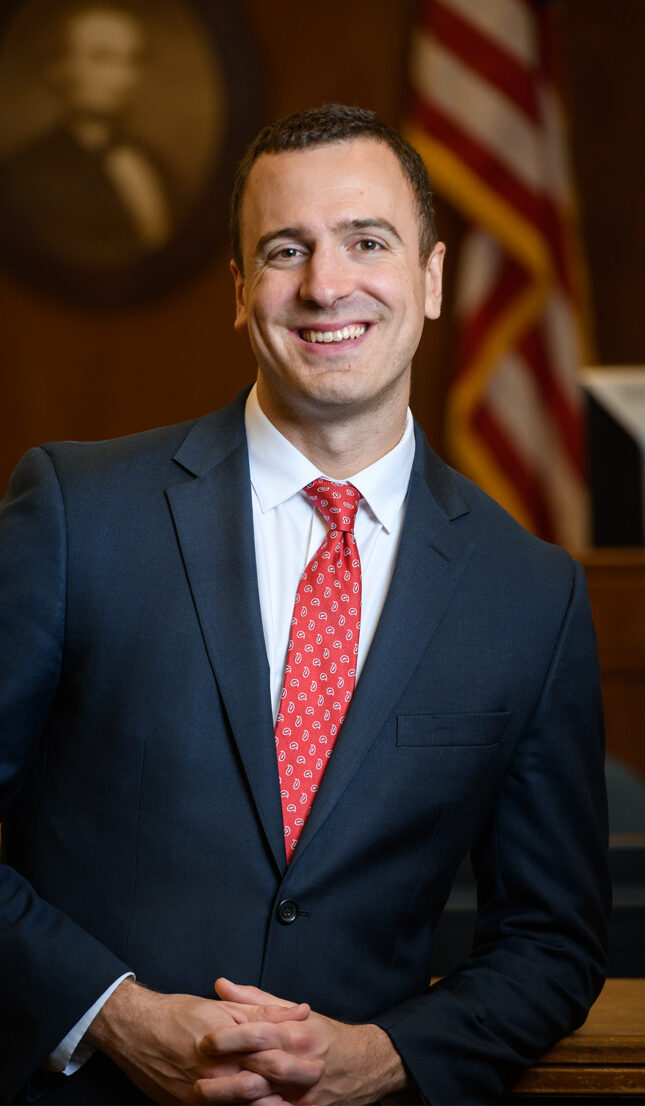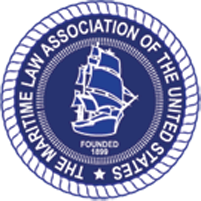We often have occasion to praise the princely courage of our Coast Guardsmen, their valor in rescuing mariners in peril. British news sources now report an instance of an actual prince rendering courageous service of the same sort. RAF Search and Rescue and Prince William have been praised for rescue efforts following the November 27 sinking of a Russian-crewed cargo ship in the Irish Sea.
The Russian Ambassador to the UK, Alexander Yakovenko, has written a letter to the Duke of Cambridge praising his role in saving the lives of two Russian seamen, following the sinking of the cargo ship Swanland in the Irish Sea off the Llyn peninsula in North Wales.
Mr Yakovenko wrote:
Your Royal Highness,
All day long we were anxiously following the rescue operation searching for Russian seamen from the sunk Swanland vessel.
We know that you took an active part in the rescue and that the two seamen were saved thanks to your selfless effort under the bad weather conditions.
Let me express to you and your colleagues my deepest gratitude for saving the lives of the Russian citizens.
In his role as an RAF Search and Rescue helicopter co-pilot, the Duke was part of a crew which flew from their base in Anglesey in response to the Swanland’s distress call in the early hours of Sunday, November 27.
The operation involved four helicopters and seven coast guard vessels, but their work was hampered by severe weather conditions.
Two of the eight all-Russian crew were pulled from the water clinging to liferafts; a third man was recovered from the sea but pronounced dead. A search for the remaining 5 crewmembers was underway at last report, with hopes fading.
The 265ft SWANLAND was carrying 3,000 tons of limestone from Llanddulas to the Isle of Wight when it was hit by what the men described as an “enormous wave”.
If this shipwreck had involved a U.S. vessel, it would give rise to a marine casualty investigation by the Coast Guard and NTSB. Vessel specifications in the form of lines drawings and stability reports would be referred to the Coast Guard MTS in Washington D.C. for analysis. The Coast Guard would conduct witness interviews and convene hearings to determine the condition of the vessel when she departed Wales. Matters addressed would include ballasting, loading and navigational equipment. Investigators would delve into operational issues, including competence and training of officers and crew, attention to weather forecasts, and choice of route given the weather and sea conditions to be expected.
Meanwhile, civil litigation would be commenced by concerned parties, including families of deceased crewmembers, surviving crewmembers subjected to trauma and cold water immersion, and cargo interests. The vessel owner would likely file a complaint in Federal Court for limitation of liability, requiring all the claimants to submit their claims in one court.
The net effect of these proceedings would be adjudication of the rights and liabilities of the parties based on the facts of the casualty. The combination of the Coast Guard marine casualty investigation and the investigation and formal discovery conducted by the civil litigants would very probably establish the cause of the tragedy. This would, in turn, lead to fair compensation for victims and, hopefully, improved safety practices.
It will be most interesting to see how the wreck of the SWANLAND is investigated and how claims are adjudicated. Will the tragedy be written off as the result of “an enormous wave,” or will a thorough investigation be conducted to determine the cause of the shipwreck? The case may provide insight into both Russia’s merchant marine and its rule of law.
In the meantime, Prince William and his cohorts are to be congratulated for their efforts in rescuing at least two of the crewmembers of the ill-fated Russian ship.
